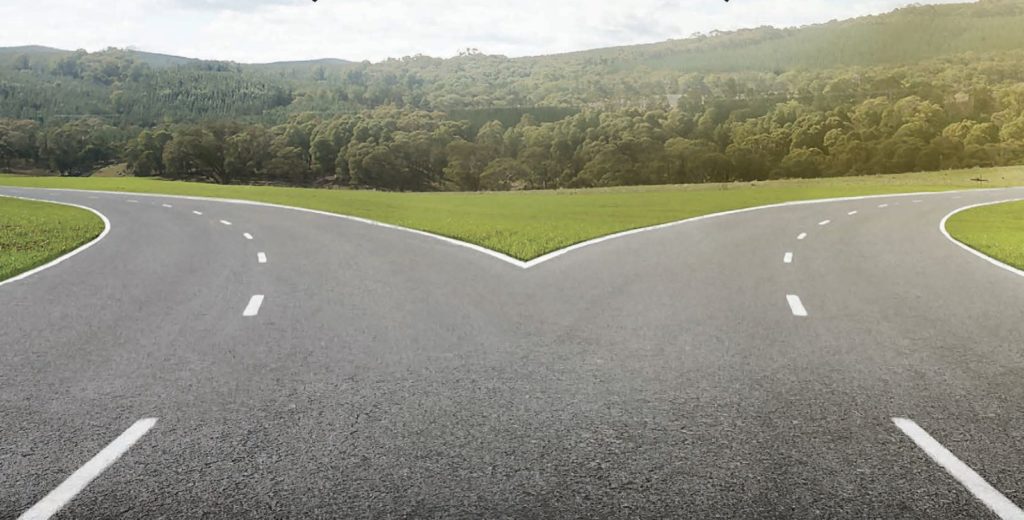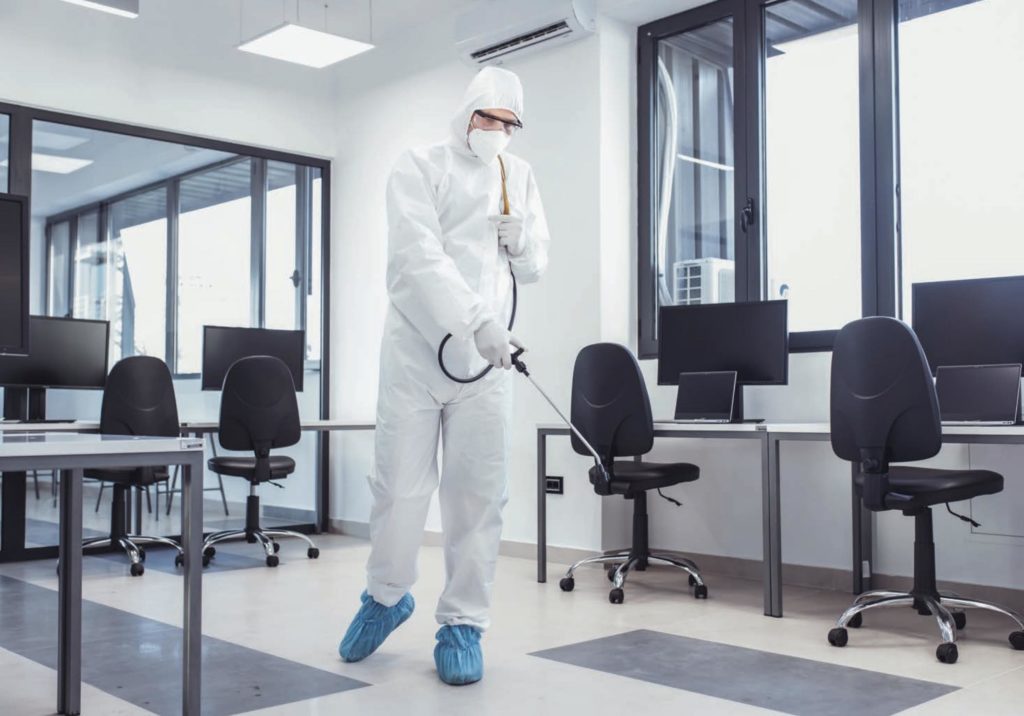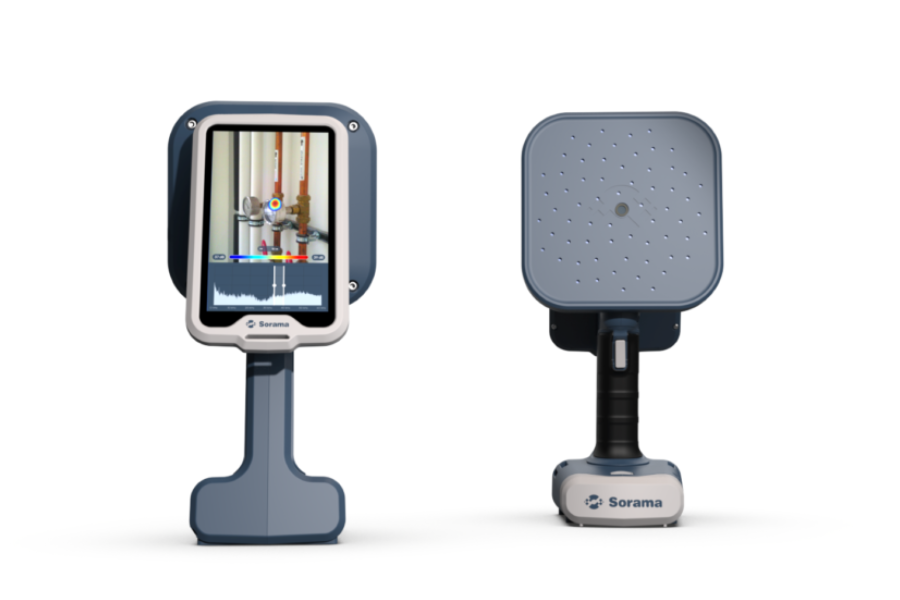Apr 28, 2023
IAQ at the Crossroads (AGAIN)
The global pandemic brought concerns about our indoor environments to the forefront and has given us an opportunity to make positive changes to IAQ issues.
By: Susan Valenti

We again find ourselves at crossroads in the indoor environmental industry. As at other times in the past, the marketplace is poised to experience significant change, both for the providers of IAQ/IEQ services and products and for the organizations that provide support for those companies. There are opportunities for monumental growth, but also equally so for failure. Not surprisingly, we have been here before. To have the best chance of navigating these turbulent times to a positive end, we must consider previous periods over the past several decades where there were also openings for industry growth that began with great strides yet stumbled.
Learning From the Past
The 1980s and ’90s were the formative years of the industry. Terms like sick building syndrome (SBS), building-related illness (BRI), and even IAQ and IEQ began gaining traction. Ventilation (or insert your service here) was the solution to indoor air pollution. Numerous organizations were formed to support these burgeoning indoor environmental sectors with membership services and both regional and national events that were attended by literally thousands.
Of course, this was effective before the internet became an information force, as trade groups and conferences were the only game in town at that time. The first half of the decade saw smoking indoors pretty much regulated out in most parts of this country and a flurry of legislation aimed at improving the quality of our indoor spaces.
We had the ear of Congress with former representatives Henry Waxman and Joseph Kennedy Jr. The Occupational Safety and Health Administration (OSHA) pitched an IAQ standard. The Environmental Protection Agency was working on Tools for Schools. Lead and asbestos contracting was big business (and still is.) Big change and huge growth were indeed on the horizon, and then it stalled with the 1994 midterm elections. Substantive IAQ/IEQ progress was sidelined. Y2K ushered in a period of change in the industry, this time in the way of the “Mold Rush of 2000.” We were inundated with headlines decrying the scourge of toxic black mold, and nearly overnight, the mold remediation industry went full-blown. The hysteria spawned thousands of service providers eager to cash in on the easy revenue from a frightened public and shell-shocked insurance industry. Scare tactics and misinformation were unbridled and readily amplified by the evolving internet.
These tactics were rampantly employed by what seemed to be an endless supply of snake oil products and services. The insurance industry cracked down, legislation was attempted, and hard-hit states like Texas and Florida created new licensing requirements for consultants and contractors to stem the unregulated tides of the rush. The indoor environmental industry flourished, for a time, as did the organizations with their newly-minted mold certification programs. But, as previously happened in the 1990s, the proverbial wind left the sails, and things again somewhat flatlined.
Three years ago, the global pandemic brought concerns about our indoor environments to the forefront once again, this time to never seen levels. Stories in the media and social media posts were at an all-time high. Researchers and professionals became household names on Twitter with the hashtag #COVIDisairborne. Today, those same folks are fighting to be heard. Worse, they’re fighting against misinformation or new studies that may not tell the whole story. Case in point: Do we need Dr. Kimberly Prather on Twitter trying to hold Slate magazine accountable for whether masks help protect us against COVID? Nope. Masks work. Let´s move along.
The industry sits on a precipice now, with the opportunity for unparalleled advancements and growth, while sitting on the edge of the abyss of worldwide climate disaster and economic collapse. Existing organizations are vying to remain relevant to retain members and attendees for their events while
simultaneously, new organizations are springing up to fight for a piece of the action.
Where Are We Now?
Today, collaborations are being built from the pandemic moment and are expected to further raise awareness in the public on IAQ. The big question is can we build things fast enough to hold people’s attention?

Some things to think about:
- Water and air have traditionally been top environmental priorities on the federal and state levels. Indoor air is suddenly a priority for this White House given the new Clean Air Building Challenge introduced last year. Big investments need to be made. A trained and qualified workforce is
sought. This coordination is still in the planning stages. - Who needs to be an IAQ expert? Not the public, right? Yet the sheer volume of information (or misinformation) out there is geared toward making the consumer more educated than many of you reading this article. Should we be “teaching” these folks or just throwing information at them?
- Where’s the Justice, Equity, Diversity, and Inclusion in IAQ? This does improve the health of all kids. Parents need better guidance about good IAQ, but what can they do with it? What motivates parents to pressure public buildings to build the investment or resources for indoor spaces?
- Will the market wait for people to do standards and thresholds? Nope. They will put together their own.
- What about the impact of cleaning practices? We are abusing disinfectants and overusing chemicals. All that contributes to bad IAQ. The EPA keeps getting slammed. They list over 2000 cleaning products with no pre-market safety. Soap and water work the best but are not even on the list. Media portrayed pandemic building recovery with stories and photos with fogger and sprayer technology which created a false sense of security but exposed people to chemicals.
- It’s not smart to have an energy-efficient building that makes people sick. How about pairing “electrify everything” with energy efficiency AND good indoor air?
The Path Forward
The path forward includes three vital elements: standards, communication, and action. Standards are needed to predict real-world IAQ in buildings, and some labeling so workers know what’s inside those buildings. Inconsistency and inequality have always been major problems, especially for schools. Actual conditions reflect management, execution, monitoring, and leadership.
We still don´t have effective communication between practitioners and researchers/academics. There are big gaps between building sciences and communities. What is currently in building codes that benefit IAQ? What more is needed?
And finally, talking is great, but we need actual movement. This action includes lots of money. The pandemic has given us another opportunity to make positive changes on these indoor issues. Are we going to be able to make sustainable progress this time? Let’s work together on making that happen.
This article originally appeared in Healthy Indoors magazine and is republished with permission.





